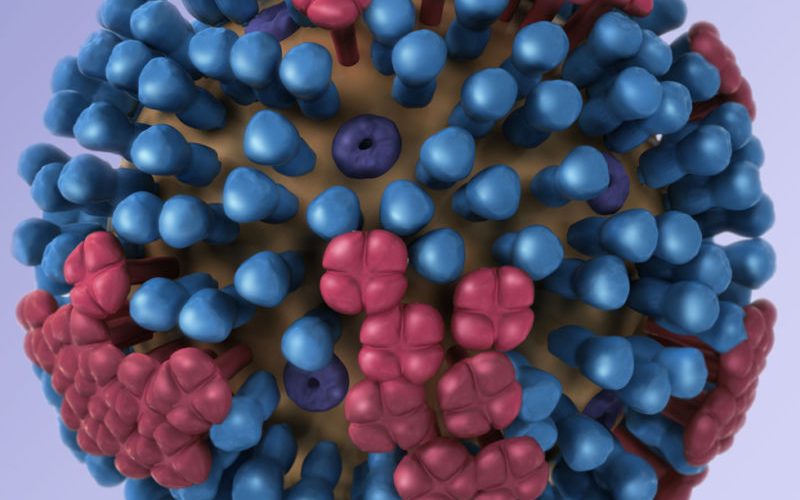Each antibody neutralized a group of flu viruses, not just one; but the groups of viruses did not overlap. So the scientists made a composite antibody by fusing parts of different llama antibodies with a human antibody base (the parts are termed “nanobodies” and targeted two different regions on the hemagglutinin stem). In a test tube, the resulting fusion antibodies could neutralize flu strains that neither of their single constituents could alone. When given to mice intravenously a day before the mice were infected with flu, the fusion antibodies were protective against a panel of 60 different flu viruses. And when administered to the mice intranasally a month before infection, they were also able to confer protection.
Read more at ars Technica






Add comment